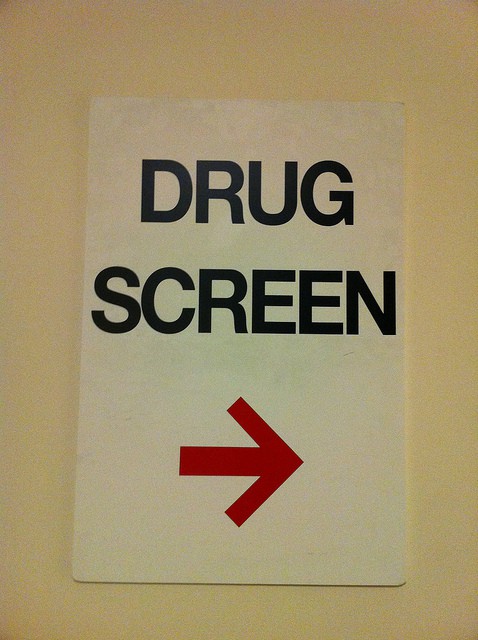Drug testing has gone from a non-existent practice to widespread acceptance in the construction industry over the past couple of decades. Although it initially seems like an added expense for construction companies, it actually saves them money in the long run. Unfortunately, abuse of alcohol and other drugs is fairly prevalent in the construction industry. But, a comprehensive drug-testing program can help weed out drug abusers.
Table of Contents
Why test for drugs?
First off, let’s get one thing straight: drug testing is not about catching drug abusers. Drug testing is about maintaining a safe work environment and ensuring the safety and security of your employees. Saving money can be considered a fringe benefit of drug testing.
According to the US Department of Labour, the unfortunate fact is that the construction industry is one of the top industries for drug and alcohol abuse.
Construction workers are the second-highest users of illegal drugs at 15.1%, nearly double the US national average. The illegal drug use breakdown among construction workers is:
- Construction laborers – 12.8%
- Construction supervisors – 17.2%
- Other construction workers – 17.3%
Fortunately, enacting a drug testing program has been proven to help improve workplace safety. Although it’s over a decade old, the 2002 Cornell University study An assessment of drug testing within the construction industry by JK Gerber and GS Yacoubian Jr. found that companies with drug-testing programs experienced a 51 per cent reduction in incident rates within two years of implementation.
By having a drug-testing program in place, you not only improve your company's safety and save money, but you also cultivate a reputation for safety. Your clients will appreciate this, and drug abusers looking for a job will steer clear of your company because they’ll know that you have a program in place. Plus, companies that have drug testing programs often receive discounts on their Workers' Compensation costs.
How should you drug test?
There are three main types of drug tests:
- urine
- saliva
- hair
Each has advantages and disadvantages that we will go through quickly.
Urine
By far the most common type of workplace drug testing, urine is the only type that has government guidelines drawn up for its usage.
Advantages:
- can be done onsite
- has instant testing component available
- can detect drug use for up to about a week after usage
- instant urine drug test kits require minimum training to operate
- only positive instant testing results need to be forwarded to a laboratory for more expensive confirmation
Disadvantages:
- invasive
- have to procure proper facilities for collection (somewhere private with minimal traffic)
- requires same-sex collection if observed collection is being done
- instances of shy bladder may affect collection
- can be cheated (although extremely difficult to cheat with observed collection)
- drugs cannot be detected instantly after usage (but can be detected about an hour after usage)
Saliva
Saliva or oral fluid tests are currently having guidelines drawn up by the government, meaning they are becoming more common, which is good news because they are more cost-effective than urine tests.
Avantages
- non-invasive
- can be done onsite
- has instant component available
- instant saliva tests require minimal training to operate
- only positive instant testing results need to be forwarded to a laboratory for more expensive confirmation
- does not require same-sex collection
- can be easily observed without having to procure facilities (can be performed anywhere, even at the spot where an incident occurred)
- can detect drugs immediately after usage
- essentially impossible to cheat
- more cost effective than urine testing
Disadvantages
- can only detect drug use for a day or two after usage
Hair
Hair testing is fairly uncommon, but it is useful for pre-employment screening. Casinos in Las Vegas often do pre-employment hair testing. As testers can use your body hair, even people with no head hair can still be tested using this method.
Advantages
- can detect drug use for up to three months after usage
- does not require same-sex collection
- virtually impossible to cheat
Disadvantages
- invasive
- no instant testing component available
- cannot detect drug use until about a week after usage
- cannot be done onsite (collection and testing must be done at a laboratory by a trained professional)
- much more expensive than saliva or urine testing
How often should you test?
Your drug testing program will depend on many factors, mainly the purpose you are testing and your budget, but there are three categories for drug testing: pre-employment, random and post-incident.
If you can fit it into your budget, a thorough drug testing program would consist of pre-employment testing done via hair testing, random drug testing done via instant urine testing with positive results sent for laboratory confirmation and post-incident instant saliva testing with positive results sent for laboratory confirmation.
However you choose to do it; a comprehensive drug testing policy is a tool that every construction company should have. It garners your trust with clients, a reputation for safety and zero tolerance among potential employees and saves you money in the long run.

